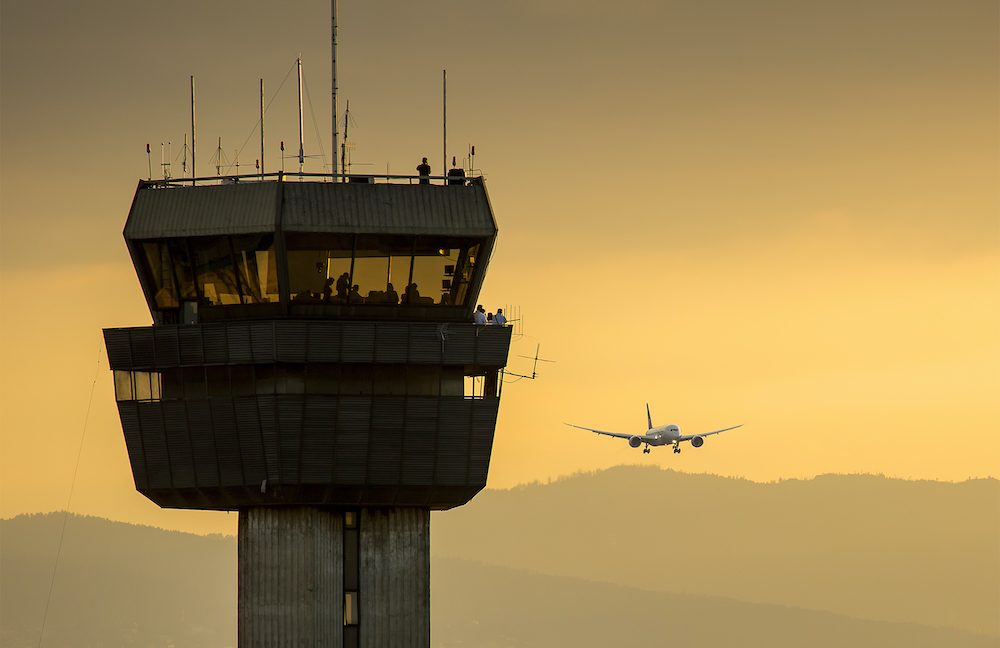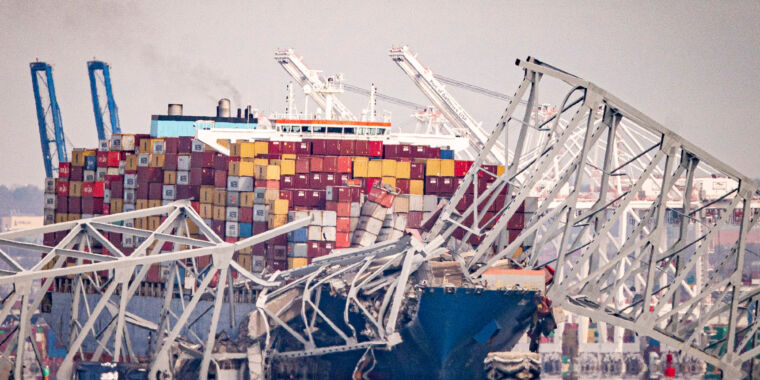US air traffic control still runs on Windows 95 and floppy disks
On Wednesday, acting FAA Administrator Chris Rocheleau told the House Appropriations Committee that the Federal Aviation Administration plans to replace its aging air traffic control systems, which still rely on floppy disks and Windows 95 computers, Tom’s Hardware reports. The agency has issued a Request For Information to gather proposals from companies willing to tackle the massive infrastructure overhaul.
“The whole idea is to replace the system. No more floppy disks or paper strips,” Rocheleau said during the committee hearing. Transportation Secretary Sean Duffy called the project “the most important infrastructure project that we’ve had in this country for decades,” describing it as a bipartisan priority.
Most air traffic control towers and facilities across the US currently operate with technology that seems frozen in the 20th century, although that isn’t necessarily a bad thing—when it works. Some controllers currently use paper strips to track aircraft movements and transfer data between systems using floppy disks, while their computers run Microsoft’s Windows 95 operating system, which launched in 1995.

Credit: Getty
As Tom’s Hardware notes, modernization of the system is broadly popular. Sheldon Jacobson, a University of Illinois professor who has studied risks in aviation, says that the system works remarkably well as is but that an upgrade is still critical, according to NPR. The aviation industry coalition Modern Skies has been pushing for ATC modernization and recently released an advertisement highlighting the outdated technology.
While the vintage systems may have inadvertently protected air traffic control from widespread outages like the CrowdStrike incident that disrupted modern computer systems globally in 2024, agency officials say 51 of the FAA’s 138 systems are unsustainable due to outdated functionality and a lack of spare parts.
The FAA isn’t alone in clinging to floppy disk technology. San Francisco’s train control system still runs on DOS loaded from 5.25-inch floppy disks, with upgrades not expected until 2030 due to budget constraints. Japan has also struggled in recent years to modernize government record systems that use floppy disks.
If it ain’t broke? (Or maybe it is broke)
Modernizing the air traffic control system presents engineering challenges that extend far beyond simply installing newer computers. Unlike typical IT upgrades, ATC systems must maintain continuous 24/7 operation, because shutting down facilities for maintenance could compromise aviation safety.
US air traffic control still runs on Windows 95 and floppy disks Read More »


